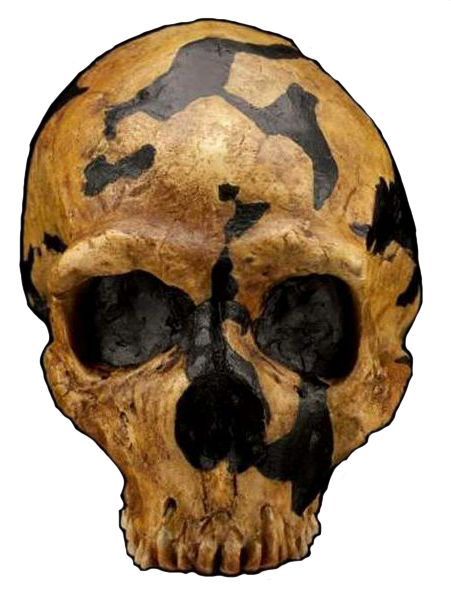
The ten Neanderthals at the site were found within a Mousterian layer which also contained hundreds of stone tools including points, side-scrapers, and flakes and bones from animals including wild goats and spur-thighed tortoises. The first nine (Shanidar 1-9) were unearthed between 1957 and 1961 by Ralph Solecki and a team from Columbia University. The skeleton of Shanidar 3 is held at the Smithsonian Institution. The others (Shanidar 1, 2, and 4-8) were kept in Iraq and may have been lost during the 2003 invasion, although casts remain at the Smithsonian. In 2006, while sorting a collection of faunal bones from the site at the Smithsonian, Melinda Zeder discovered leg and foot bones from a tenth Neanderthal, now known as Shanidar 10.
For more information, click here. Or, Try these sources:
- Edwards, Owen (March 2010). "The Skeletons of Shanidar Cave". Smithsonian. Can be read here.
- Ralph S. Solecki; Rose L. Solecki & Anagnostis P. Agelarakis (2004). The Proto-Neolithic Cemetery in Shanidar Cave. Texas A&M University Press. pp. 3–5. ISBN 9781585442720. Can be read here.
- T. D. Stewart, The Restored Shanidar I Skull, Smithsonian Institution Annual Report for 1958, pp. 473-480, 1959